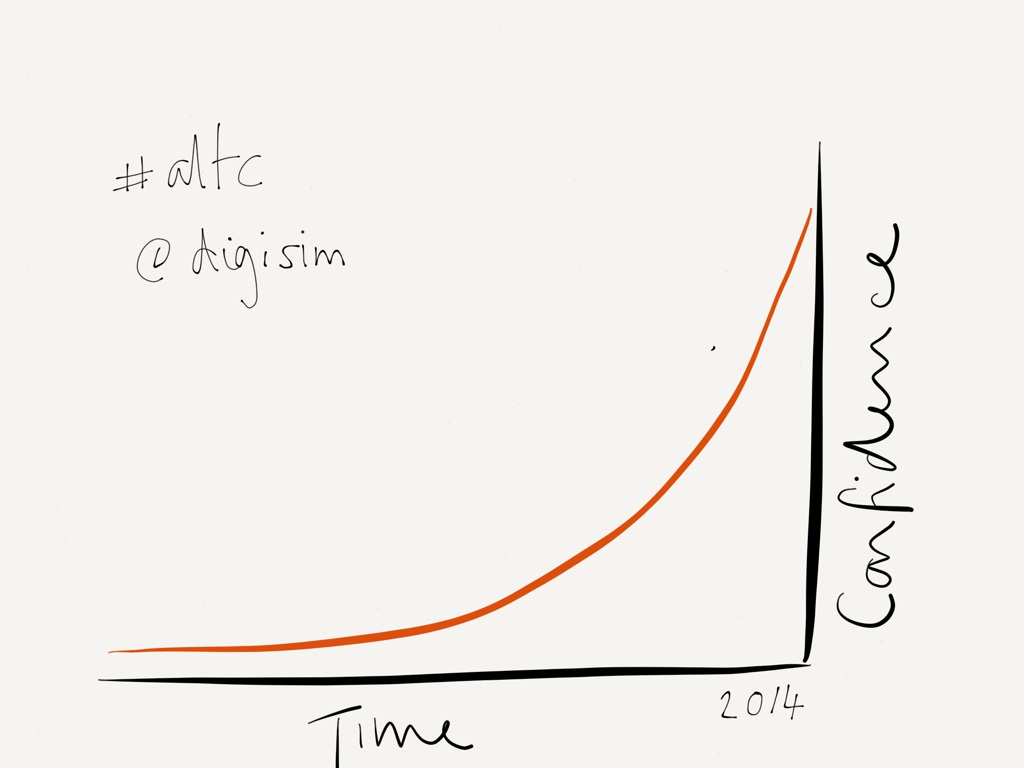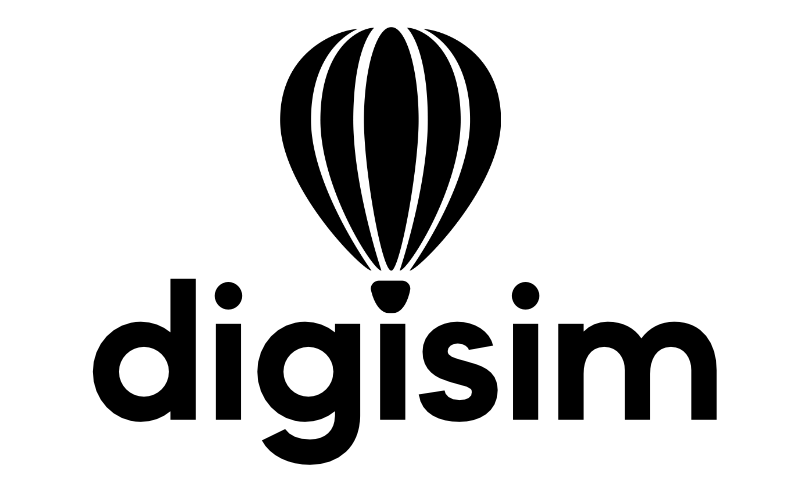Day 2 started with a treat for me, an opportunity to catch up with a project I had been following for a while. The DigiLit project has been recognised for its innovative approach and wide ranging impact in secondary school staff development. It is a shining beacon of how local government should collaborate with schools and other educational establishments to develop practical approaches to allow staff to self analyse and recognise their current and future digital literacy capabilities.
One of the particular aspects that I like is that it’s not an ideology of where we should be, (that could, in reality never be reached) it is something which is tangible and realistic in it’s goals but which could have a huge positive impact on staff and student digital literacy development.
Over the period of the project (Approx 2 years) the project has seen an increase in staff confidence related to their use of digital literacy tools (technology). This alone is a great achievement, as often I have experienced that confidence is the greatest barrier to progress.

Staff will build confidence over time.
It was useful to note that later in the day there was some discussion with regards to the UCISA TEL Survey which indicated that;
“Lack of time remains the leading barrier to TEL development, consolidating its position at the top of the list which it has held dating back to the 2005 Survey.”
It is astounding to think that for almost 10 years it has been reported that “time” is the critical factor in moving forward the TEL development agenda and that in order to be able to use technology effectively staff need time to experiment, fail, learn and try again (and build confidence in this process). What role could ALT play in encouraging the meaning deployment of time to staff for technology development?
The DigiLit project has developed a set of “competencies” (see below) which they believe staff should be able to evidence. Staff in schools are then asked to judge their level of attainment against these competencies in order to identify their potential development needs.
Whilst I fully support the concept of self competency analysis I wonder to what extent some staff under or over estimate their own ability (a question I wish I had asked).

Competencies and levels.
The core level is where you would expect (wish) to see the majority of staff in the schools identifying themselves against. It is refreshing to see a local government with the vision and foresight to support this activity. The project and associated survey results can be accessed here:
Next up was the keynote (for the record I quite liked the fact we had a session before the keynote as it woke up the senses!). Catherine Cronin is a passionate advocate of Open Education so I was particularly looking forward to hearing her experience with regards to open practice and approaches.
She framed her presentation around 4 key areas: Open / Divide / Spaces / Identity. I captured the key points I drew from the session in the image below, but unless I nodded off for a while I couldn’t see the section on “divide” (hence the lack of annotations there). I will revisit the streamed recording at some point to see if I can pick it up! – (Image Now Updated as of 8.9.14).

Catherine Cronin Keynote (original)

Updated Catherine Cronin Keynote.
Catherine echoed my own thoughts around open, in that it is a mindset change that must cross all areas of your academic activity. It is not just about adding a CC license to resources, but about extending that into research (outputs and publications) and general open practice.
This cultural shift will also affect how we use spaces, online and physical. I liked her positioning of online spaces in terms of those which are “bounded” and those which are “open”. Bounded I think has a continuum here. The VLE is a closed (very bounded) system but some MOOC providers are also bounded, requiring the creation of an account for logging in etc. In essence, anything which couldn’t be accessed immediately, without any barrier to access or entry would fit on the “bounded” continuum.
Finally she touched upon the thorny issue of “identity”. Even though Catherine didn’t specifically address this, it also touches on aspects of data ownership. These issues, I think, have really caught the “digital native” generation off guard, handing over data without consideration or thought. Over the next few years I think there will be a stronger emphasis on managing identify (in all it’s guises) and a broader questioning how we manage our data. There is already some great work in this field, such as the “reclaim hosting” service led by Jim Groom and I have no doubt that this will become an even more widely discussed issue.
The final session I will mention in this post is that of the “Electric Sheep Podcast” (session 580) – For me this encapsulates what great Learning Technologists do so well:
- They recognise a problem or issue.
- They formulate a (realistic and appropriate) solution.
- They are not afraid for it to not be perfect first time.
- They learn from the feedback and experience.
- They do it better next time.
We rarely create environments where we allow our staff and students to “not get it right first time”. This team have set out to achieve something, it wasn’t perfect but they didn’t see it as a failure they saw it as an opportunity. I wonder how much further we would be in our use of learning technologies if we just made room for a bit more failure?

Electric Sheep Podcast




No responses yet